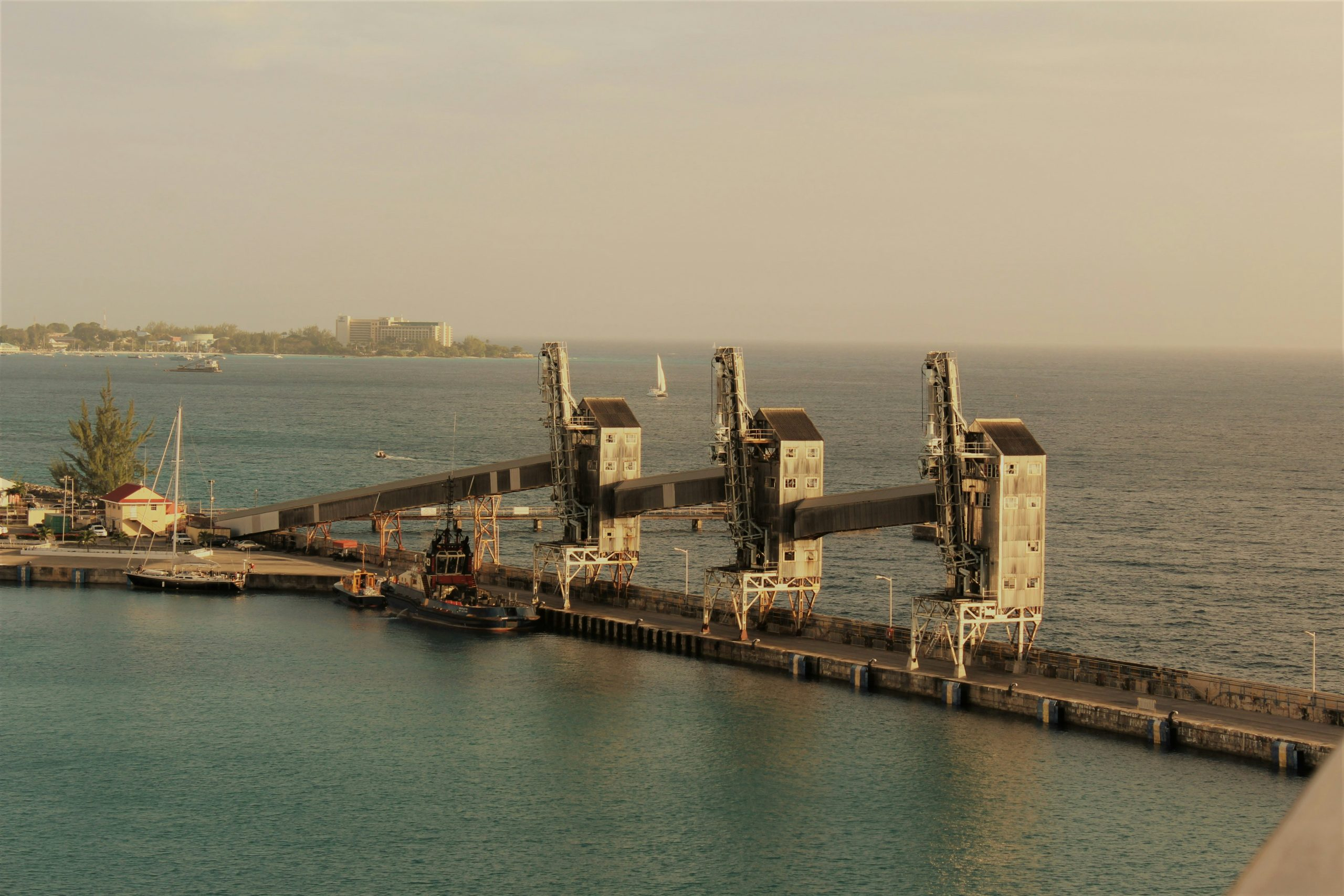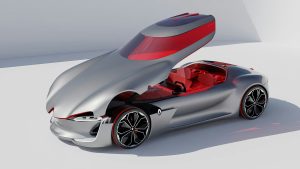Post-Petroleum Cities: Reimagining Infrastructure for EV Dominance
The world is rapidly shifting towards cleaner, more sustainable modes of transportation. One of the major drivers of this change is the rise of electric vehicles (EVs), which are becoming increasingly popular due to their lower environmental impact and potential for cost savings in the long run. As a result, cities are starting to see a need to reimagine their infrastructure to accommodate this shift towards EVs. In this article, we will delve into the concept of post-petroleum cities and explore how they can transform their infrastructure to support EV dominance.
The Era of Post-Petroleum Cities
The term ‘post-petroleum cities’ refers to urban areas that have successfully transitioned away from relying on petroleum as the main source of transportation fuel. These cities have recognized the environmental and financial benefits of embracing cleaner forms of energy and have taken active steps towards reducing their dependence on fossil fuels.
The rise of EVs has played a significant role in driving this transformation towards post-petroleum cities. With the technology for EVs becoming more advanced and affordable, they have become a viable alternative to traditional petrol or diesel-powered vehicles. This shift is especially crucial in densely populated cities, where air pollution from cars is a major concern.
The Role of Infrastructure in Supporting EV Dominance
In order for EVs to become the dominant form of transportation in post-petroleum cities, a lot of changes need to be made to the existing infrastructure. This includes, but is not limited to, charging infrastructure, parking facilities, and road design.
Charging Infrastructure
One of the primary factors slowing the adoption of EVs is the lack of accessible and convenient charging facilities. Post-petroleum cities need to invest in building a network of charging stations that are easily accessible to EV owners. This could be in the form of dedicated charging points in parking lots, shopping malls, and even on the streets. Having a well-maintained charging infrastructure will provide EV owners with the convenience of charging their vehicles while going about their daily activities.
Parking Facilities
Parking facilities also need to be updated to cater to the increasing number of EVs. In addition to designated charging stations, cities could also consider offering EV owners preferred parking spots closer to the entrance of buildings. This will incentivize more people to switch to EVs and make them feel valued for their environmentally-friendly choice. Furthermore, charging stations could be integrated into parking meters, allowing EV owners to charge their vehicles while parked on the streets.
Road Design
With the rise of EVs, the emphasis is shifting from traditional fuel stations to charging stations. This means post-petroleum cities may no longer require large fuel stations on every corner. Instead, the space can be utilized for other purposes, such as charging stations or green spaces. Road design also needs to cater to the specific needs of EVs, such as wider lanes to accommodate charging trucks and designated lanes for EVs to navigate through traffic with ease.
The Benefits of EV Dominance in Post-Petroleum Cities
The transition towards EV dominance brings with it a multitude of benefits for post-petroleum cities. Some of the major advantages include:
Reduced Emissions
One of the main reasons for the shift towards EVs is the desire to reduce carbon emissions and combat climate change. By replacing traditional vehicles with EVs, post-petroleum cities can significantly lower their carbon footprint and contribute towards a greener future.
Cleaner Air
Air pollution is a major concern in cities, and cars are a significant contributor to this issue. EVs produce zero emissions, which means that as more people switch to them, the air quality in post-petroleum cities will improve significantly.
Cost Savings
While the upfront cost of purchasing an EV may be higher than a traditional vehicle, the long-term savings are substantial. Electric vehicles have lower maintenance costs, and the cost of charging is significantly lower than that of fuel. Additionally, post-petroleum cities may offer incentives and tax breaks for EV owners, making it an even more cost-effective option.
Conclusion
The rise of EVs is transforming the way cities are designed and operated. Post-petroleum cities are at the forefront of this change, and they have the power to set an example for other cities to follow. By making the necessary changes to their infrastructure, these cities are paving the way towards a cleaner, greener, and more sustainable future.










